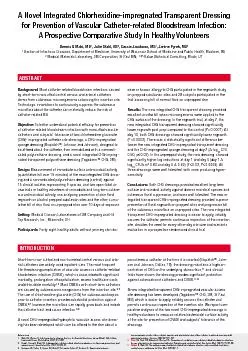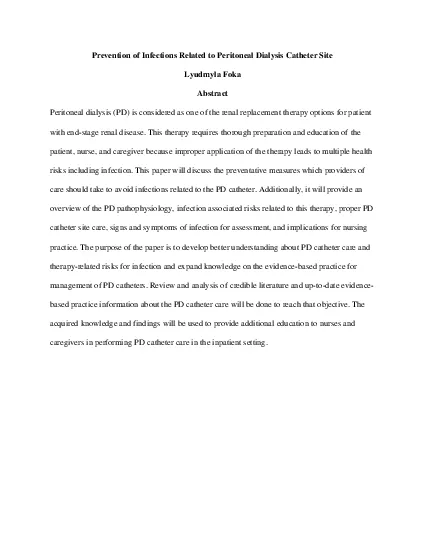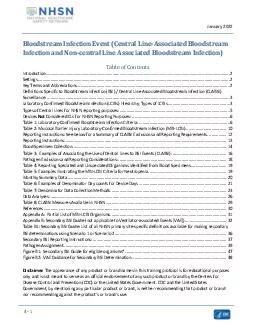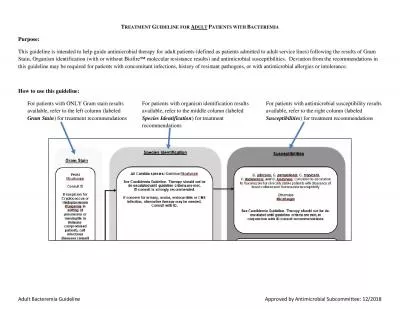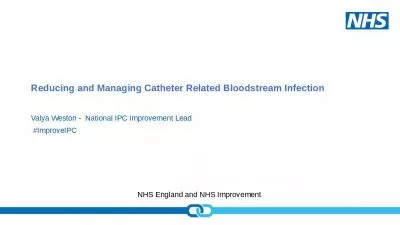PDF-Most catheter-related bloodstream infections caused
Author : mitsue-stanley | Published Date : 2017-01-11
Background by shortterm noncuffed central venous and arterial catheters derive from cutaneous microorganisms colonizing the insertion site Technologic innovations
Presentation Embed Code
Download Presentation
Download Presentation The PPT/PDF document "Most catheter-related bloodstream infect..." is the property of its rightful owner. Permission is granted to download and print the materials on this website for personal, non-commercial use only, and to display it on your personal computer provided you do not modify the materials and that you retain all copyright notices contained in the materials. By downloading content from our website, you accept the terms of this agreement.
Most catheter-related bloodstream infections caused: Transcript
Download Rules Of Document
"Most catheter-related bloodstream infections caused"The content belongs to its owner. You may download and print it for personal use, without modification, and keep all copyright notices. By downloading, you agree to these terms.
Related Documents

